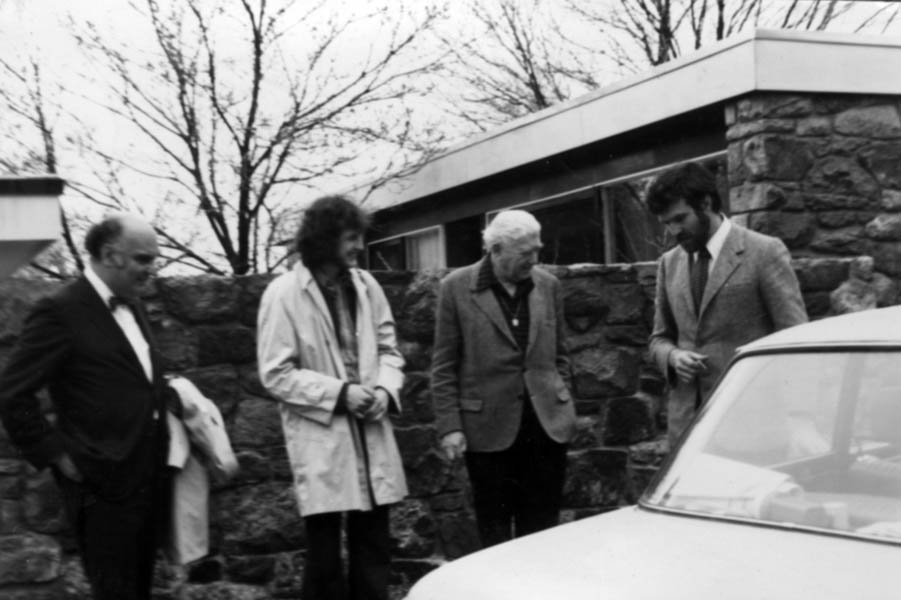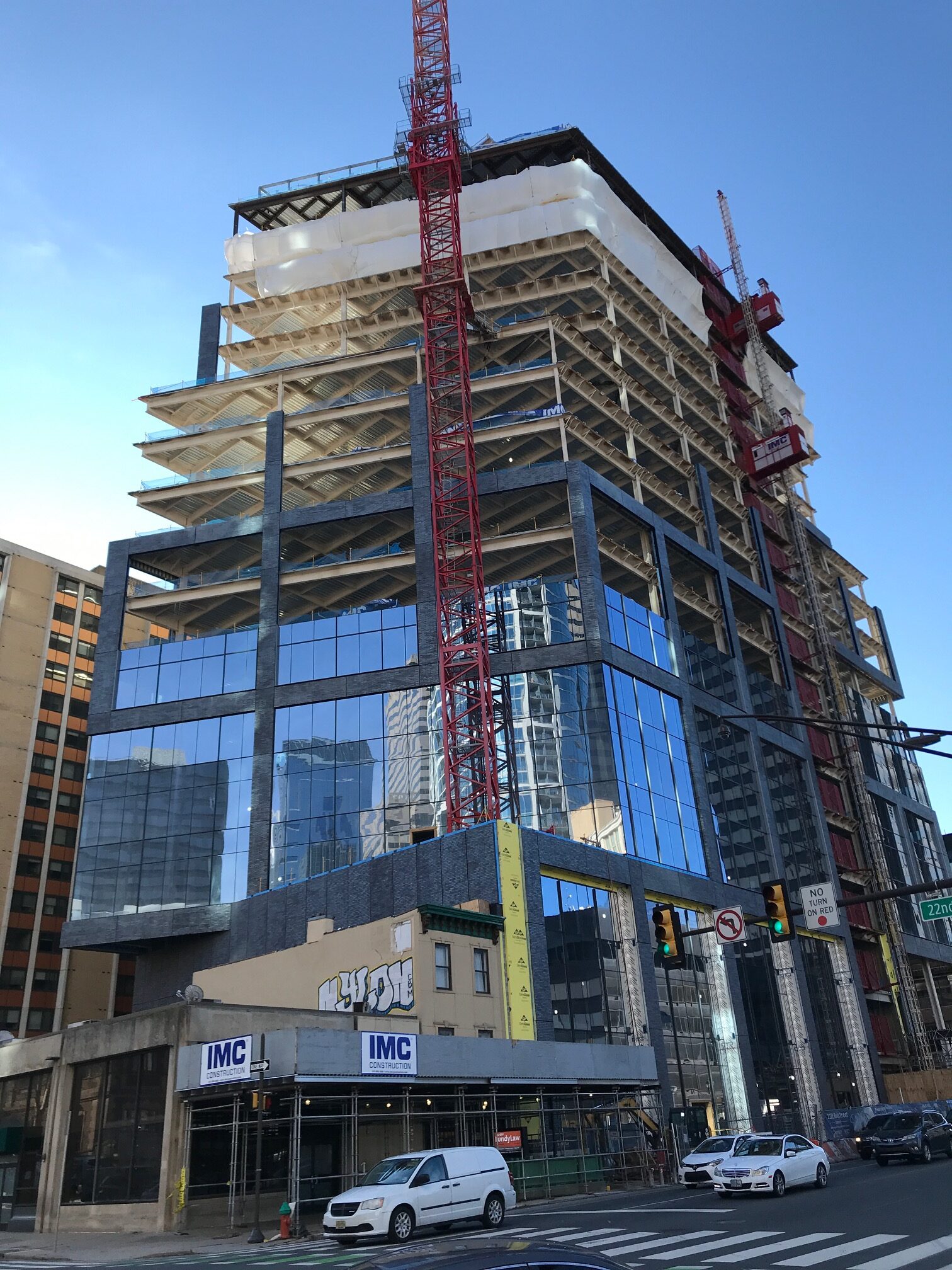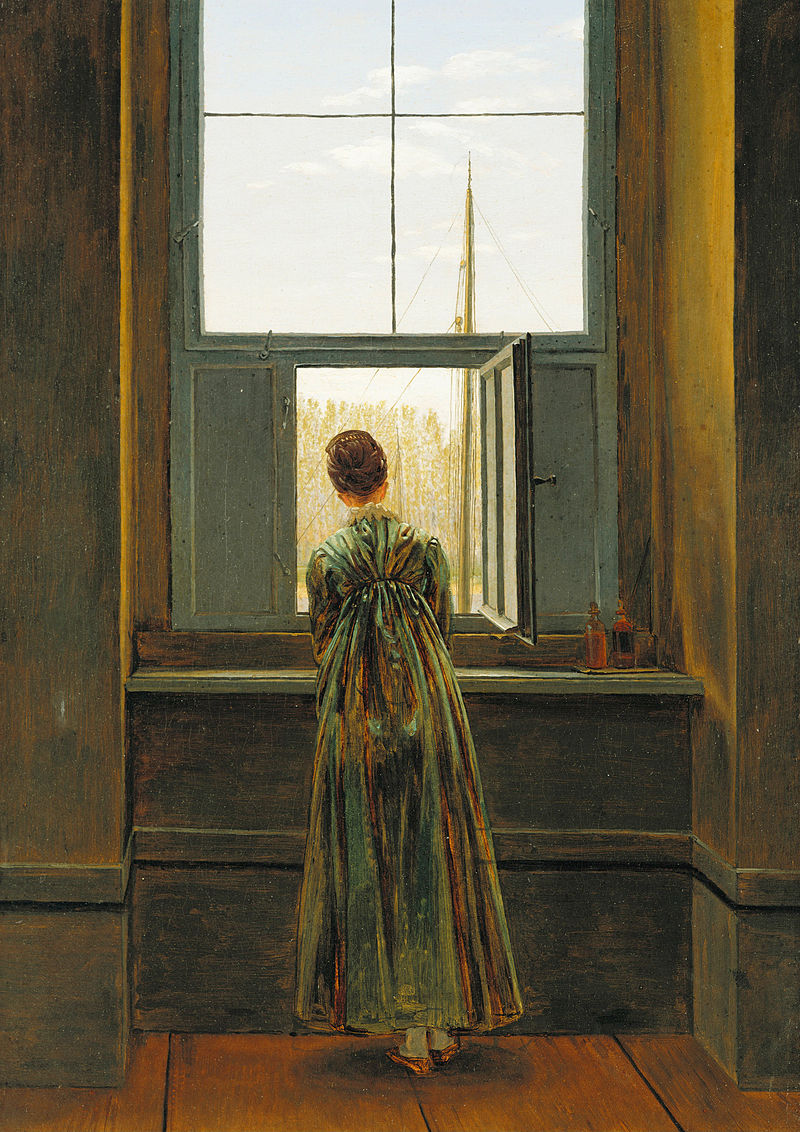
by Witold | Feb 7, 2022 | Architects, Architecture
I met Marcel Breuer in October 1973 at his home in New Canaan, Connecticut. He designed the house, known as Breuer House II, in 1951, a low-slung affair with rough fieldstone walls, a slate floor, and an unpainted wood ceiling. Plate-glass windows looked out on a...

by Witold | Feb 4, 2022 | Architecture
One of the stated goals of the American Institute of Architects Strategic Plan 2021-2025 is “To ensure equity in the profession.” Equity may apply to pay, work opportunities, awards, or even, I suppose, to the makeup of the profession, that is, it should reflect...

by Witold | Jan 15, 2022 | Architecture
I’ve been watching a building going up a block from where I live in Philadelphia. 222 Market Street is a nineteen-story office block. The structure is steel, and except for a couple of odd slanted columns at one end, it is the sort of regular frame of I-beams that...

by Witold | Dec 24, 2021 | Architects, Architecture
I’ve just finished reading Roxanne Williamson’s American Architects and the Mechanics of Fame (1991). Despite some interesting historical research into the professional connections between architects and their mentors/employers, it is not a very satisfying book. The...

by Witold | Dec 19, 2021 | Architects, Architecture
The architect Richard Rogers, 88, died yesterday. His obituaries invariably started by mentioning the Centre Pompidou, the seriously ill-conceived museum that turned the youthful Rogers and his partner Renzo Piano, into overnight sensations. I remember that when I was...

by Witold | Dec 8, 2021 | Architecture
At a time when most schools of architecture have courses in what is referred to as “history-theory,” I was struck by a sentence in Laurie Olin’s forthcoming collection, Essays on Landscape. “Contrary to many architects I knew, I believed that theory is developed in...








